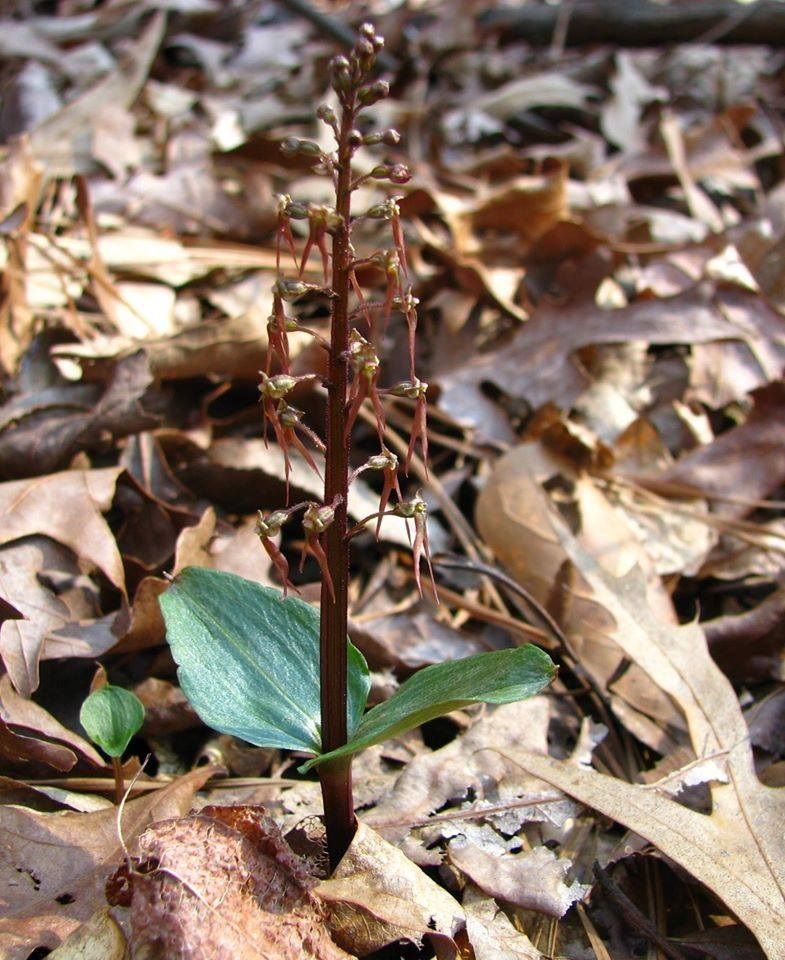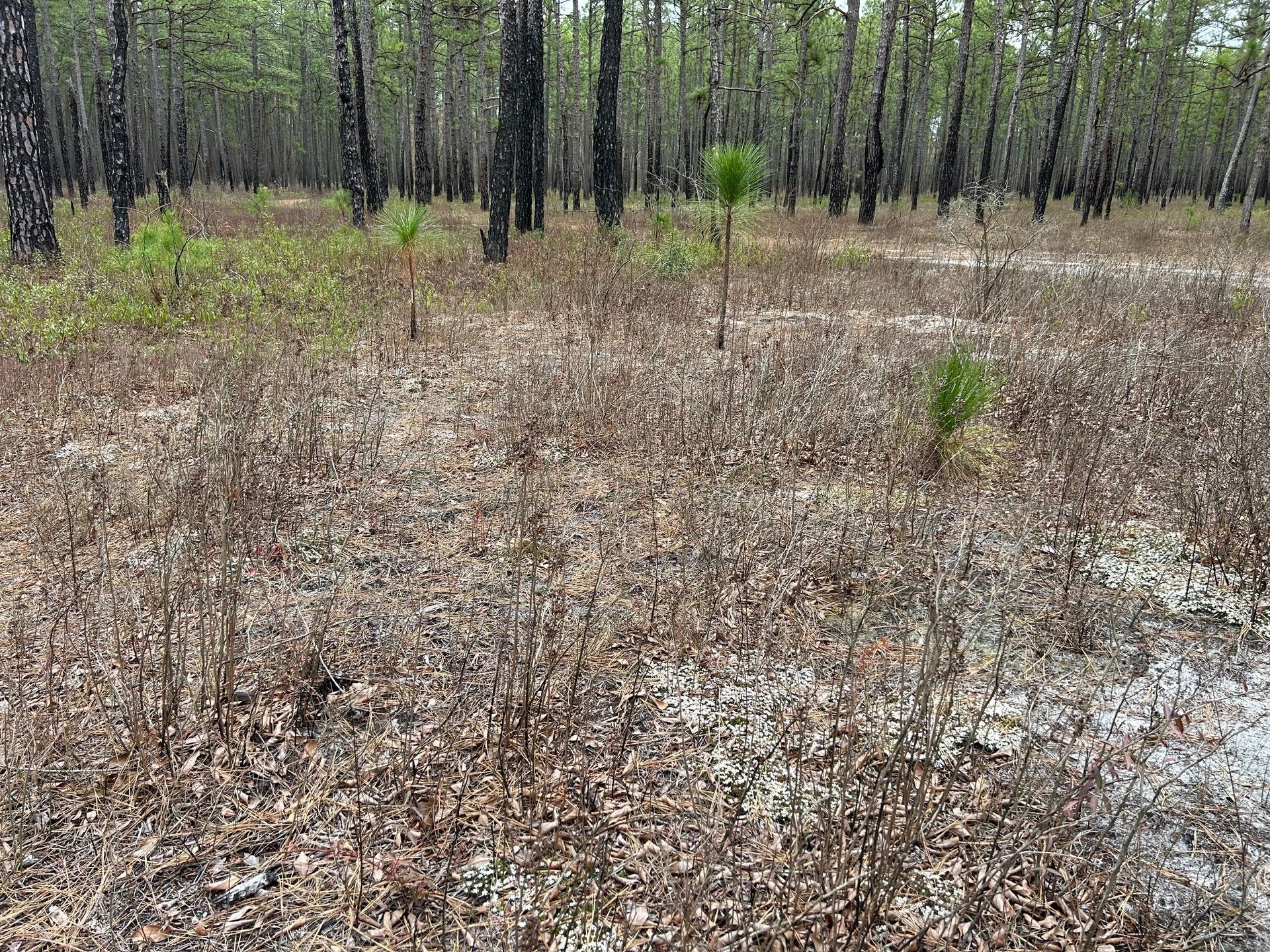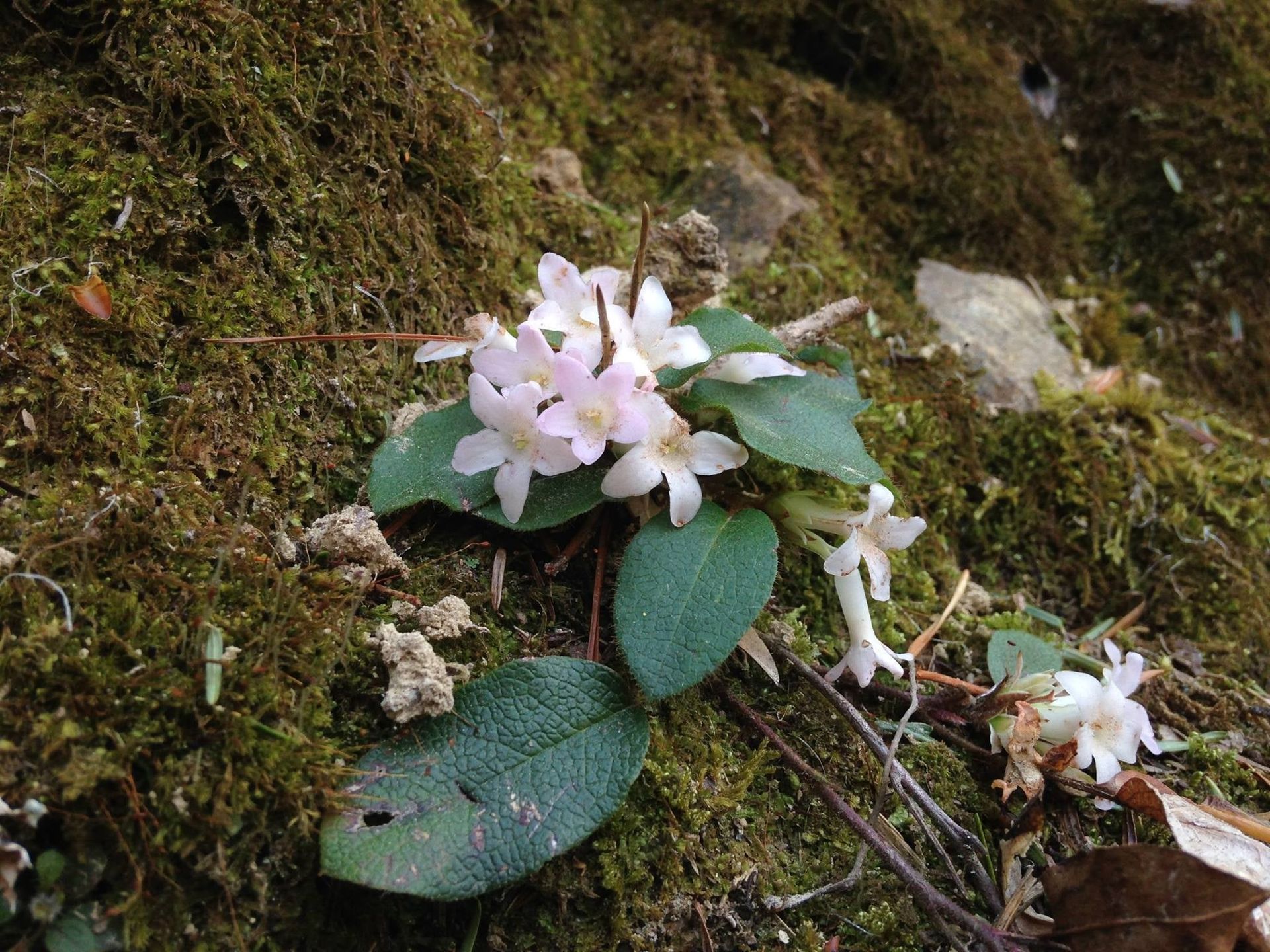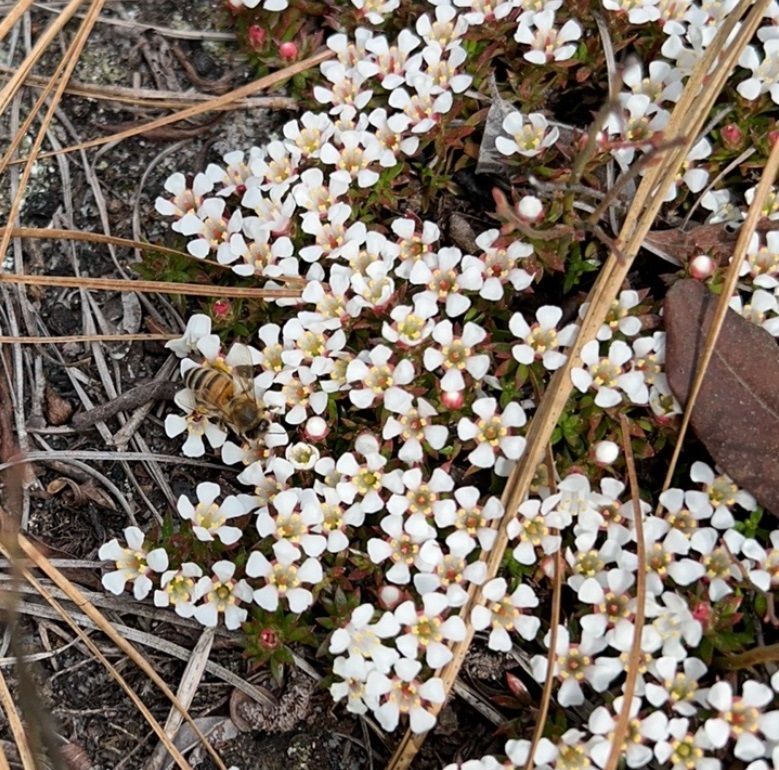Blackwater Ecological Preserve
In late March I joined ten other lucky passengers on a Norfolk Botanical Garden field trip to ODU’s 319-acre Blackwater Ecological Preserve in Isle of Wight County, VA. Union Camp donated this land to ODU in 1985 through The Nature Conservancy. This Preserve is part of the 1000-acre Zuni Pine Barrens State Natural Area. The ecosystem here is unique to Virginia and represents the northernmost remnant of what once was 93 million acres spread across the southeast. Our driver was Theresa Augustin, NBG VP of Education. Our host was Preserve Manager Nicholas (Nick) Flanders. Both studied under Professor Lytton Musselman, who was the first Manager of the Preserve.
Longleaf pine (Pinus palustris) is the keystone species here. I am accustomed to seeing Longleafs early in their life cycle when they look like a clump of grass. Nick pointed out the youngest seedlings that looked more like a blade of grass than the clumps I am familiar with. Longleafs have the largest cones of all pines, they are the tallest, with the densest wood, and live the longest of any pines in our region. Interestingly, their bark is fireproof after three years.
Unfortunately, some of these same characteristics made them desirable in the shipbuilding industry when this country was colonized. Deforestation resulted, allowing faster-growing trees to move into the Longleaf Pine ecosystem. Another problem for Longleaf Pines was feral hogs. Explorers left hogs here so there would be meat available when they returned. Later studies, comparing fenced areas versus unfenced areas, found over 6,000 Longleaf Pine seedlings per acre in the fenced area versus only 8 per acre where hogs were present! That’s perhaps one reason that nearby Smithfield, VA became known as the “Ham Capital of the World.''
Fire suppression also caused a decline in the Longleaf Pine population. Fires helped clear out competing species. By putting out fires as soon as possible the early lumbermen were actually harming the trees they most depended on. Today at the Preserve they have prescribed fires every couple of years to clear undergrowth and give the Longleafs a better opportunity to repopulate and compete.
Some of the other native plants that we saw at the Preserve were Inkberry Holly (Ilex glabra), Pixie-moss (Pyxidanthera barbulata), Sheep Laurel (Kalmia angustifolia), Southern Twayblade (Listera australis =Neottia bifolia), and Trailing Arbutus (Epigaea repens).



We were fortunate to see large areas of Pixie-moss in bloom when we were there! It is not a moss but a very low-growing ground cover that thrives in the same sandy soil the Longleaf Pines thrive in. It too benefits from fires that burn off competing plants. The Sheep Laurel is a highly toxic plant that also recovers quickly from fires in the Preserve. Being deer-resistant also allows it to flourish here. The Southern Twayblade is a two leafed dainty orchid that we would never have found without Nick. There were only two small specimens in a low-lying bog in the Preserve and they were in bloom! The Trailing Arbutus was blooming up on a ridge beside the Blackwater River. Having been told that the plant has a great aroma we were all down on our hands and knees sniffing this low grower. I resisted taking a photo that would have made us appear that we were grazing on fragile native plants.


If you ever see a guided tour of the Blackwater Ecological Preserve offered I highly recommend that you visit this rare ecosystem that is less than an hour away.

